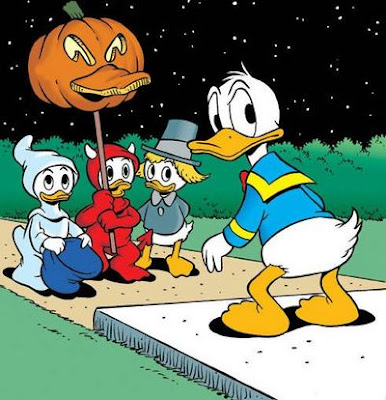The name Transformers has become a common word heard in home all around the world. Most every child has or had a transformer toy at one time or another in their life. There is even a realistic movie now out about these amazing Autobots that transform from vehicles to mighty warriors. They have been around since the early 1980’s and will most likely be around for years to come.
Let’s take a look at how the transformer TV shows got started. The Transformers first showed up on television in 1984 and was instantly a success. Kids from around the world immediately fell in love with these amazing creatures that could transform into mighty Autobots, taking on all the evil in the world as well as their own. Even the voice of Optimus Prime, done by Peter Cullen, became famous with the words “Autobots, transform and roll out!” Optimus Prime is perhaps one of the most favored of the Autobots with his ability to transform from a giant truck to a mighty hero. Kids of all ages still find him the best of the bots today.
The original Transformer television show lasted from 1984 through 1987, and then came Generation 1 which was only aired in Japan. That series lasted from 1987 through 1990. It followed The Transformers with the title of Transformers: Headmasters. There was a spin off from the Japan version in the United States that had the translated title of: Transformers: Super-God Master Force. This lasted for 42 episodes and ended in 1989. The all time hero called Optimus Prime had a new name in this one. He was known as Ginrai, the human trucker that could transform into the prime-like transformer.
The next generation came in 1993 and was called of course: Transformers: Generation 2. This series lasted from 1993 to 1995. This was not really called a series as it was mainly out to promote the new toy line up of the transformers. Beast Wars: Transformers was out in 1996 through 1998. This is one of the most popular versions of the Transformers television show. The show won an Emmy due to the awesome graphics it displayed. The next in line was again in Japan only. It was called Beast Wars and it had 2 series from it. They were called Beast Wars two and Beast Wars Neo. They were aims at the younger generation. Beast wars ran for a total of 43 episodes and Beast Wars Neo went for 35 episodes.
Next up was Beast machine: Transformers which aired from 1999 through 2000. This was a short lived show as it was said that it copied characters from the Beast Wars series. Along came Transformers: Robots in Disguise. This one also ran for just a year 2001 through 2002. This was considered a filler till the next series came along in 2002 called Transformers: Armada. This on ran one year as well and was about a promoting a new toy line up. This is where the mini-cons came out. It made 52 episodes and sparked 2 more series called Energon which aired from 2004 through 2005 with 52 episode and Cybertron which as from 2005 through 2006 with 52 episodes as well.
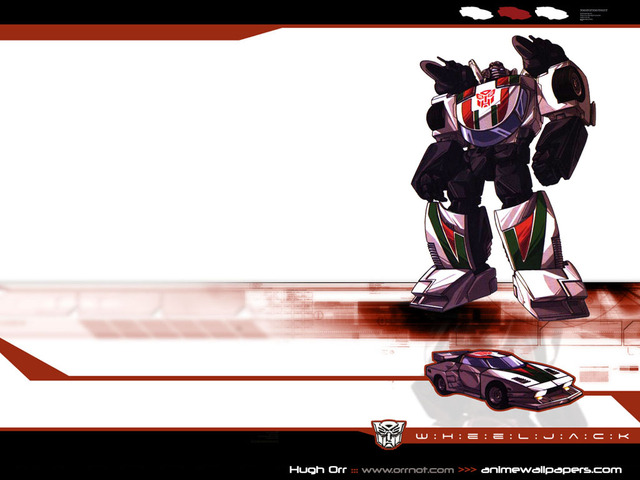 TransformersYes the transformers are certainly something that you will find in most every home. Their toys can be found all over including in the fast food restaurants as well as most all retailers that carry toys. For the best way to learn the history of the transformers is to get the 20th Anniversary Special Edition Transformers DVD Set. The entire collection is a treasure you will want to have in your video library for the whole family to enjoy.
TransformersYes the transformers are certainly something that you will find in most every home. Their toys can be found all over including in the fast food restaurants as well as most all retailers that carry toys. For the best way to learn the history of the transformers is to get the 20th Anniversary Special Edition Transformers DVD Set. The entire collection is a treasure you will want to have in your video library for the whole family to enjoy.
Let’s take a look at how the transformer TV shows got started. The Transformers first showed up on television in 1984 and was instantly a success. Kids from around the world immediately fell in love with these amazing creatures that could transform into mighty Autobots, taking on all the evil in the world as well as their own. Even the voice of Optimus Prime, done by Peter Cullen, became famous with the words “Autobots, transform and roll out!” Optimus Prime is perhaps one of the most favored of the Autobots with his ability to transform from a giant truck to a mighty hero. Kids of all ages still find him the best of the bots today.
The original Transformer television show lasted from 1984 through 1987, and then came Generation 1 which was only aired in Japan. That series lasted from 1987 through 1990. It followed The Transformers with the title of Transformers: Headmasters. There was a spin off from the Japan version in the United States that had the translated title of: Transformers: Super-God Master Force. This lasted for 42 episodes and ended in 1989. The all time hero called Optimus Prime had a new name in this one. He was known as Ginrai, the human trucker that could transform into the prime-like transformer.
The next generation came in 1993 and was called of course: Transformers: Generation 2. This series lasted from 1993 to 1995. This was not really called a series as it was mainly out to promote the new toy line up of the transformers. Beast Wars: Transformers was out in 1996 through 1998. This is one of the most popular versions of the Transformers television show. The show won an Emmy due to the awesome graphics it displayed. The next in line was again in Japan only. It was called Beast Wars and it had 2 series from it. They were called Beast Wars two and Beast Wars Neo. They were aims at the younger generation. Beast wars ran for a total of 43 episodes and Beast Wars Neo went for 35 episodes.
Next up was Beast machine: Transformers which aired from 1999 through 2000. This was a short lived show as it was said that it copied characters from the Beast Wars series. Along came Transformers: Robots in Disguise. This one also ran for just a year 2001 through 2002. This was considered a filler till the next series came along in 2002 called Transformers: Armada. This on ran one year as well and was about a promoting a new toy line up. This is where the mini-cons came out. It made 52 episodes and sparked 2 more series called Energon which aired from 2004 through 2005 with 52 episode and Cybertron which as from 2005 through 2006 with 52 episodes as well.
 Transformers
TransformersTransformers
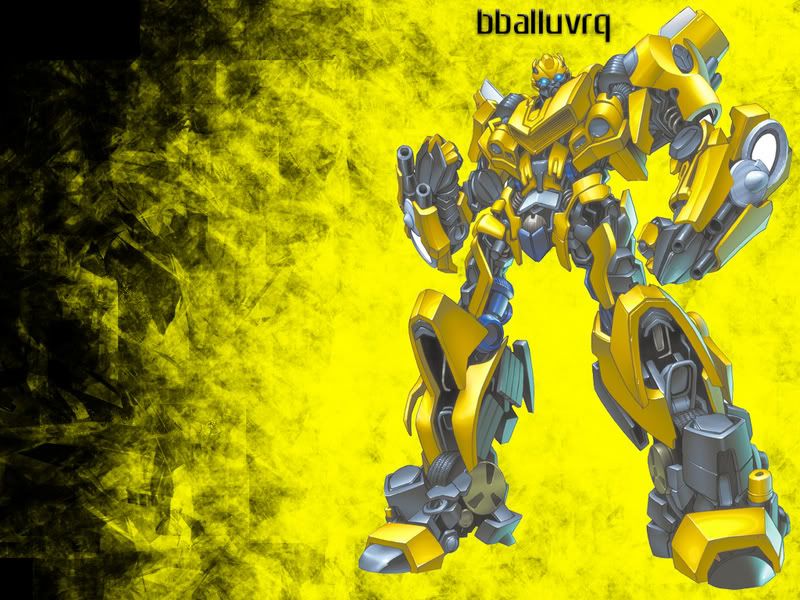
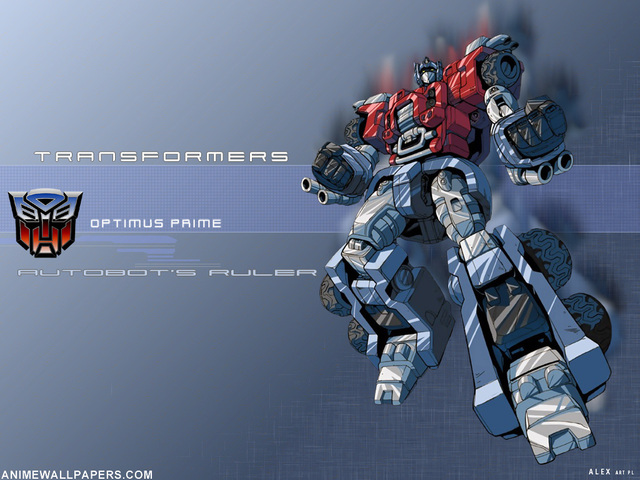


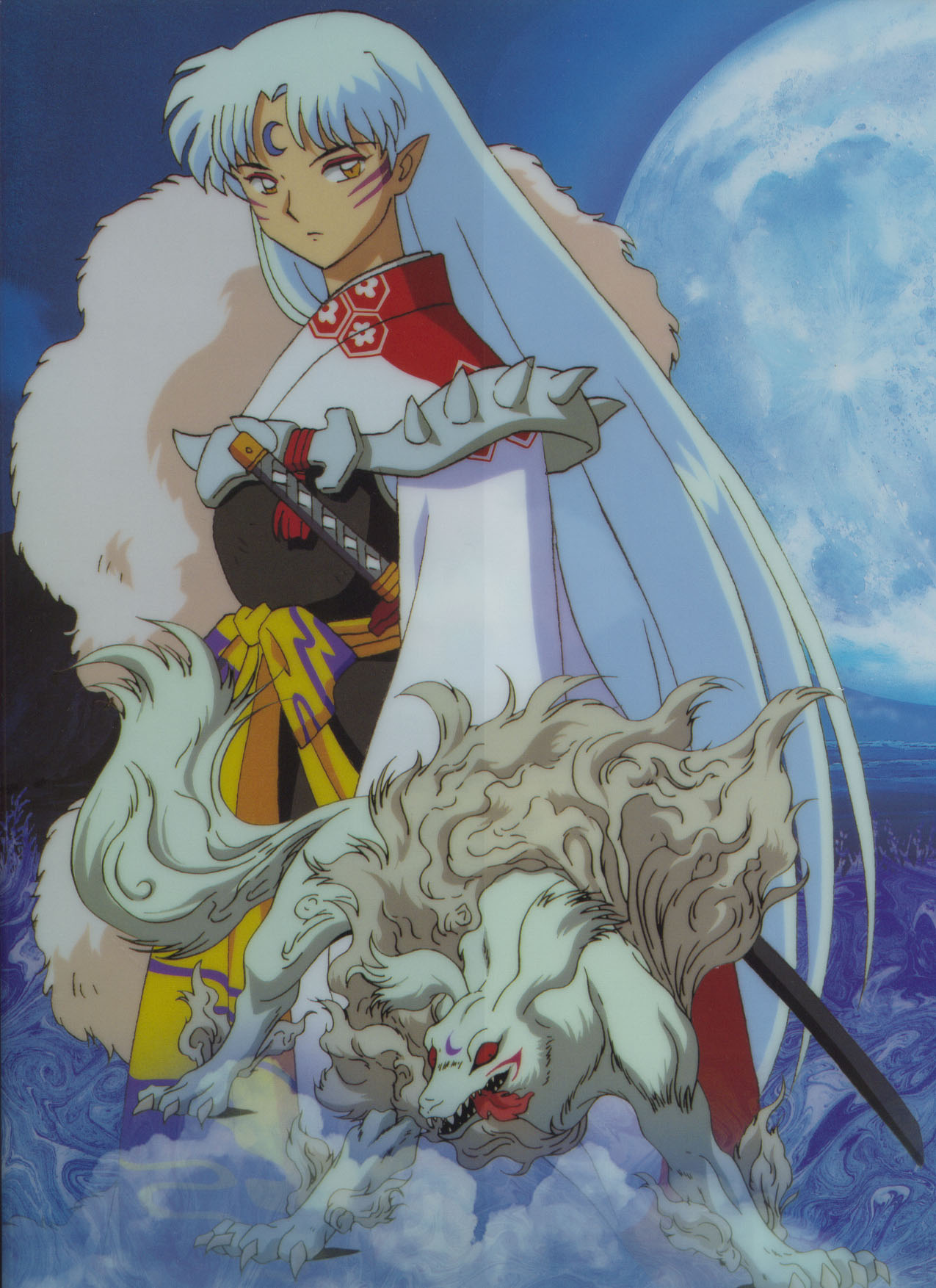

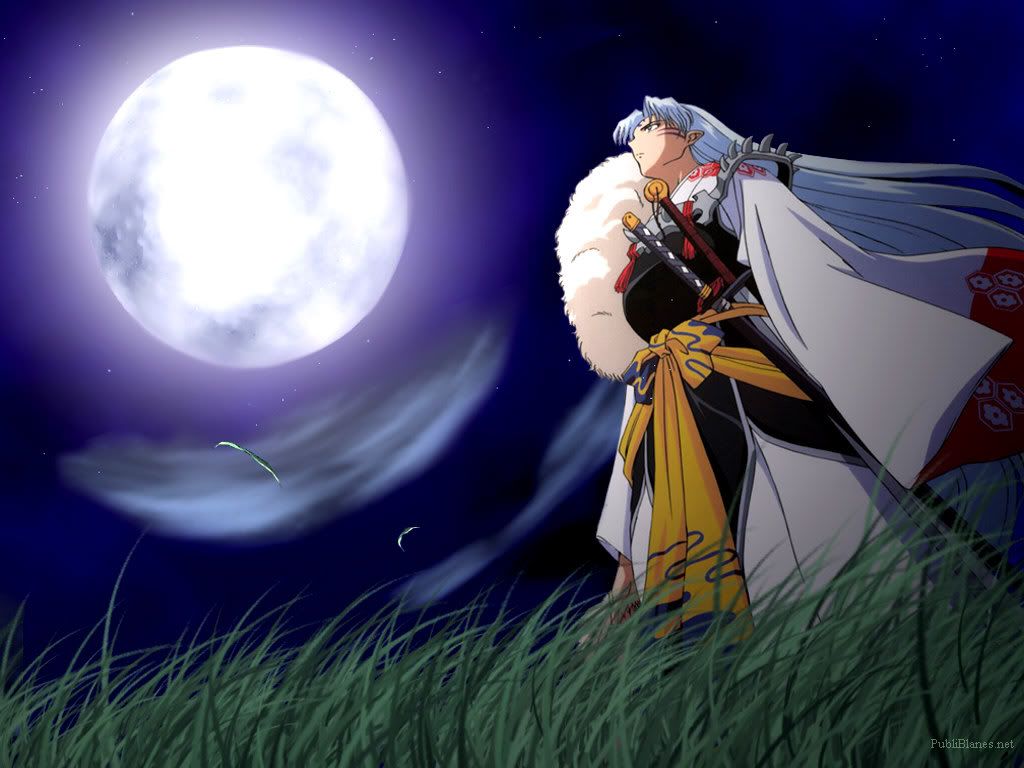
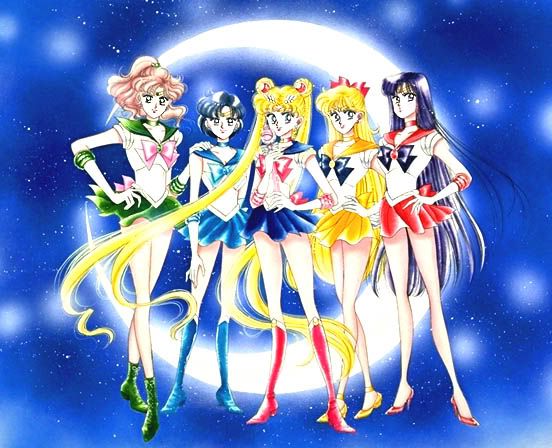 Sailor Moon
Sailor Moon Sailor Moon
Sailor Moon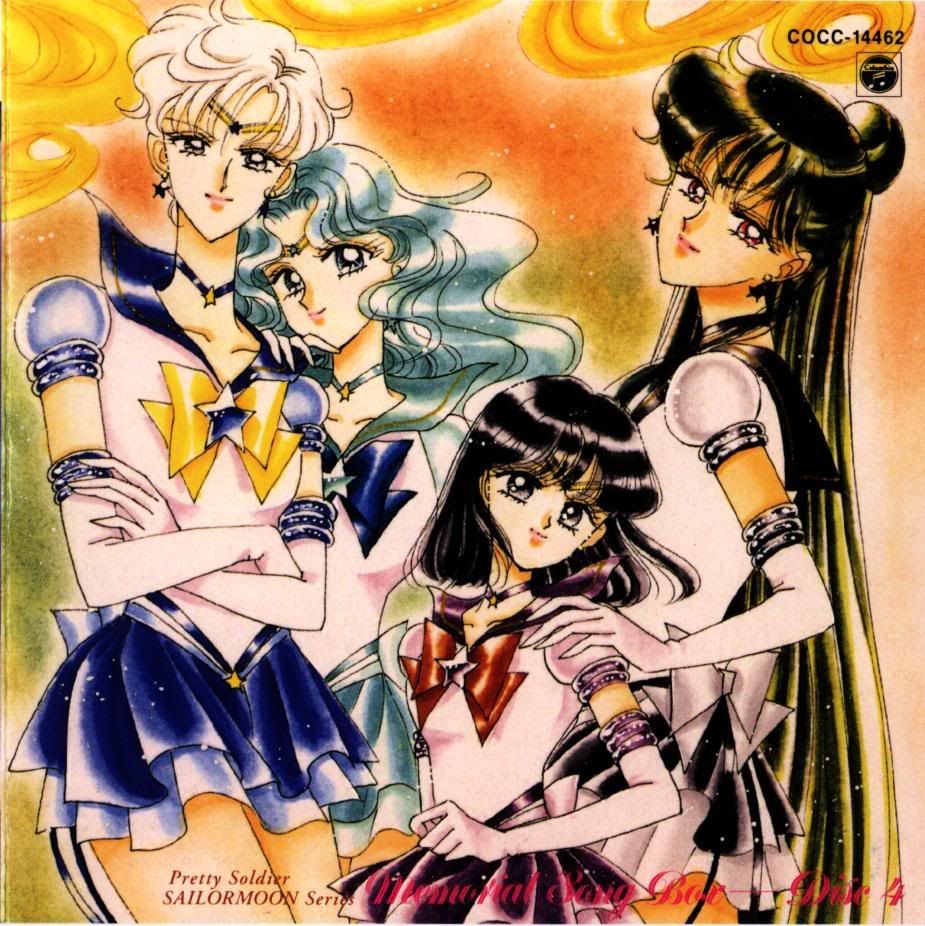 Sailor Moon
Sailor Moon Sailor Moon
Sailor Moon Sailor Moon
Sailor Moon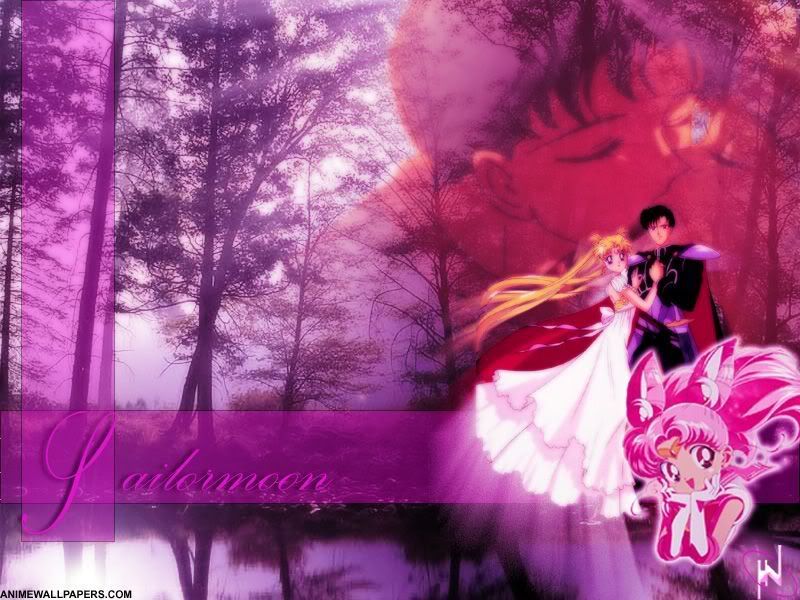

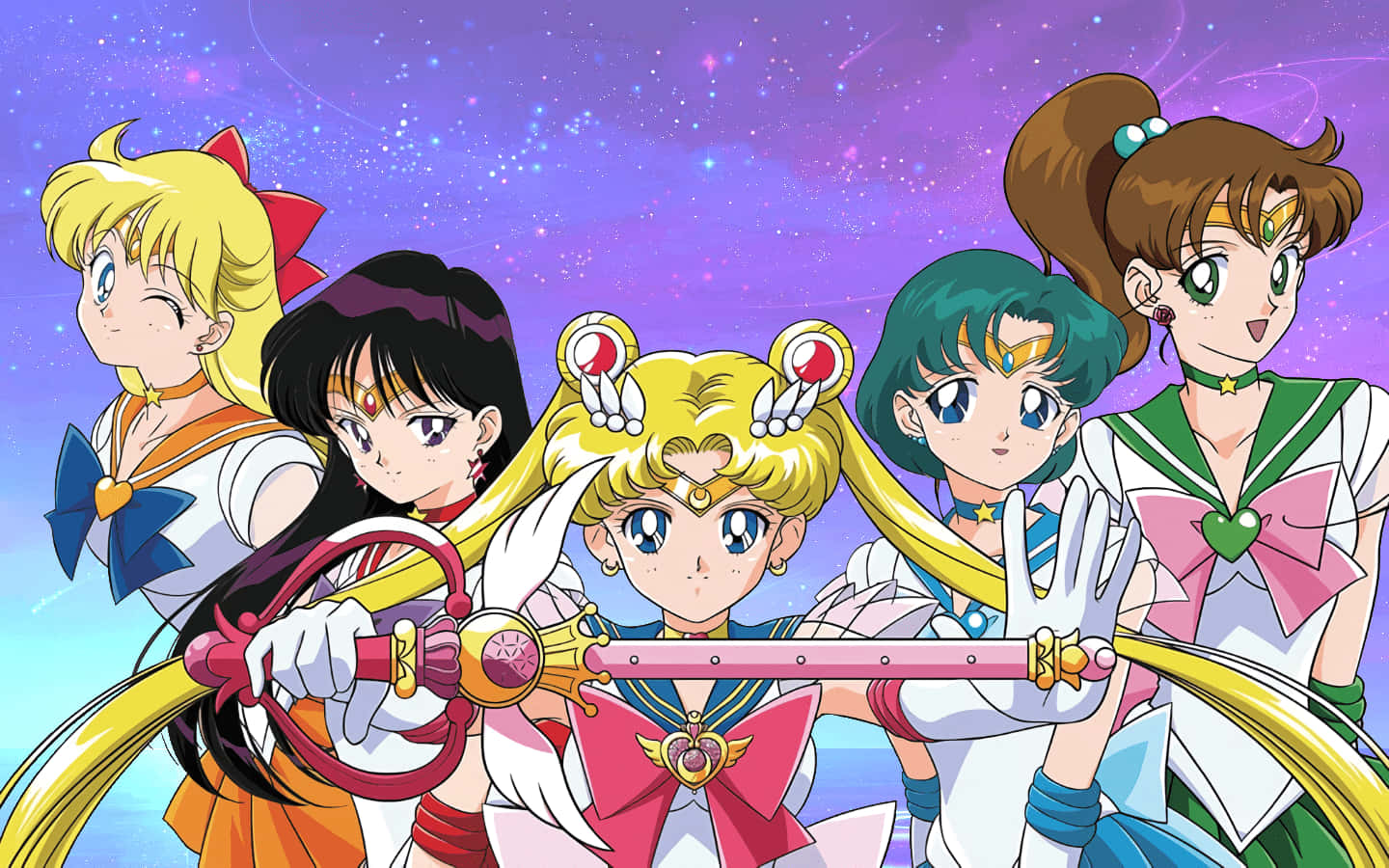

 Sailor Jupiter
Sailor Jupiter Sailor Jupiter
Sailor Jupiter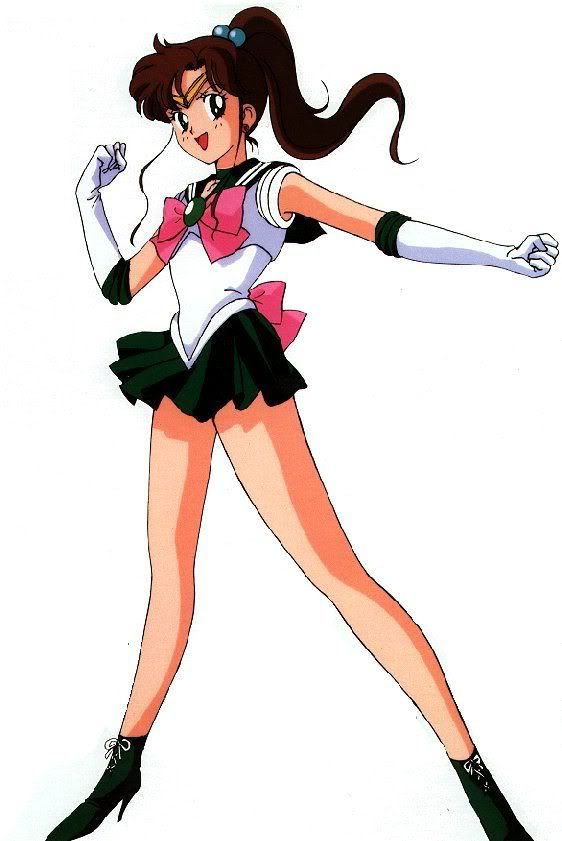 Sailor Jupiter
Sailor Jupiter
 Detective Conan Ai
Detective Conan Ai


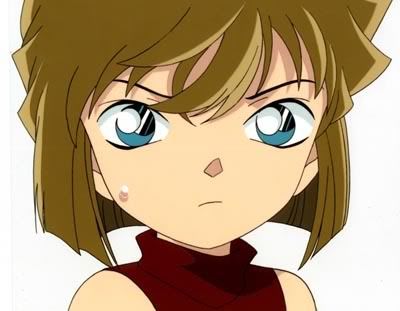 Detective Conan Ai
Detective Conan Ai

 X Men Evolution
X Men Evolution X Men Evolution
X Men Evolution

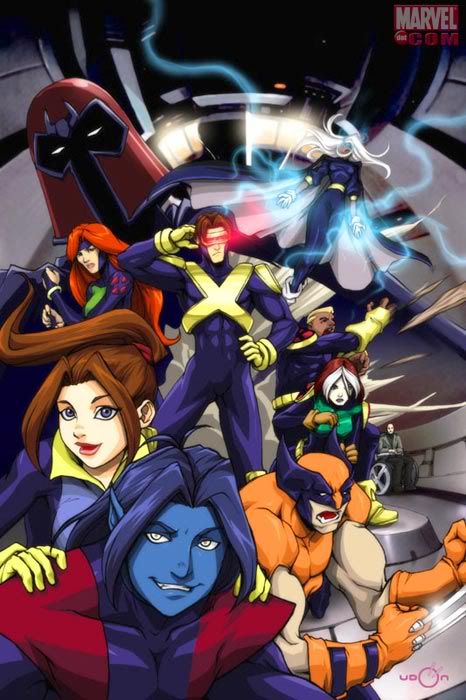
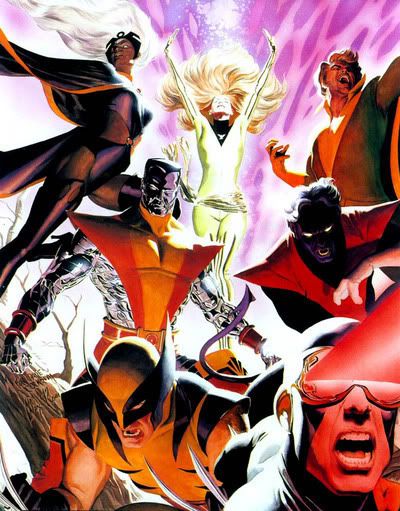






 X Men Characters
X Men Characters Donald Duck Picture
Donald Duck Picture Donald Duck Picture
Donald Duck Picture
 Donald Duck Picture
Donald Duck Picture